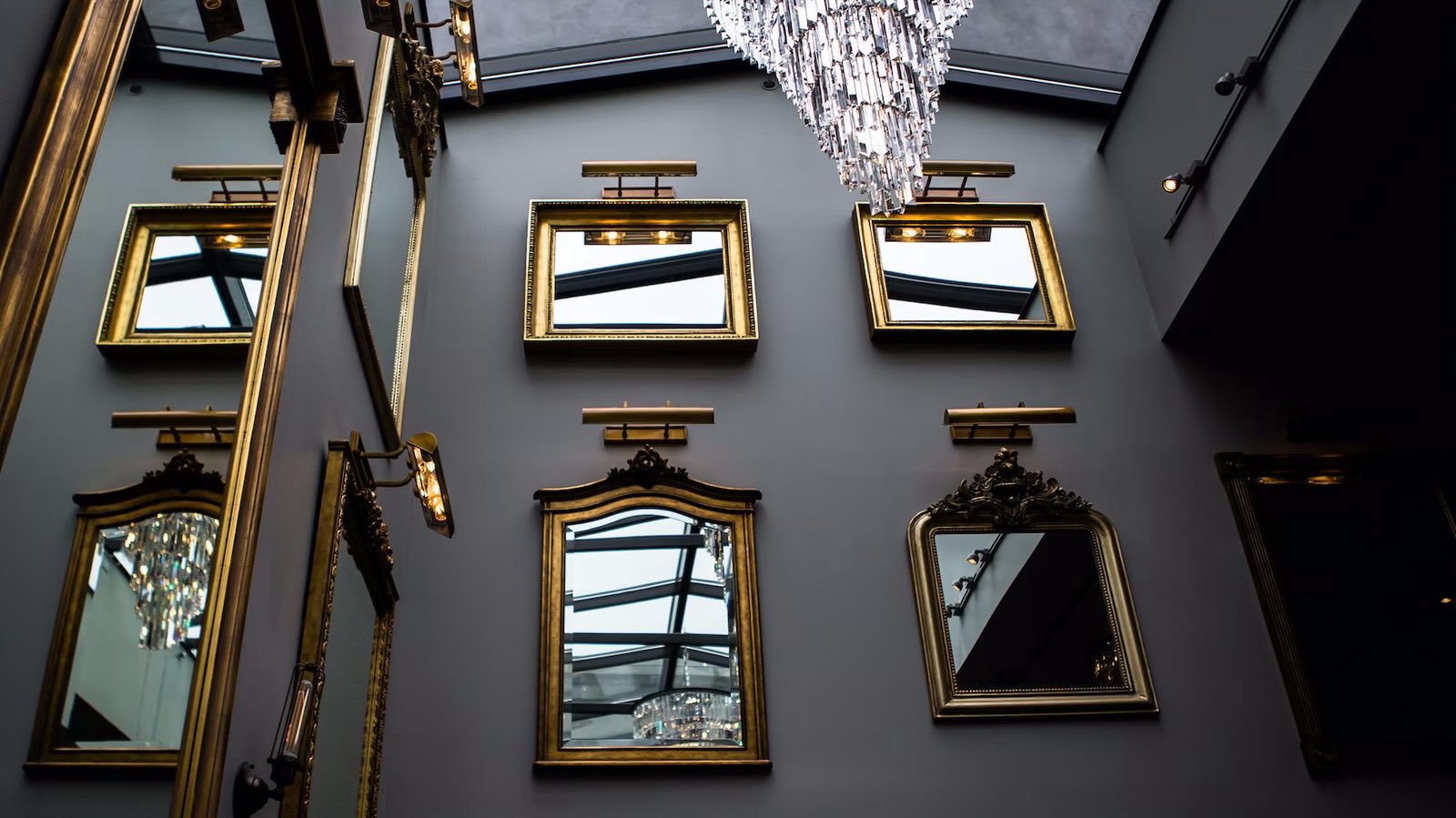

Articles
How Many Mirrors Can You Have In A Room
Modified: October 20, 2024
Discover how many mirrors you can have in a room with our informative articles. Maximize your space and create an illusion of depth and light.
(Many of the links in this article redirect to a specific reviewed product. Your purchase of these products through affiliate links helps to generate commission for Storables.com, at no extra cost. Learn more)
Introduction
In the world of interior design, mirrors have long been revered for their ability to transform a space. Not only do they add a touch of elegance and sophistication, but they also have the power to make a room appear larger and brighter. Whether you’re decorating a small apartment or revamping a spacious living area, incorporating mirrors into your room decor can have a significant impact on the overall aesthetics and ambiance. But how many mirrors can you have in a room? In this article, we will explore the concept of mirrors in room decor and delve into the various factors to consider when determining the right number of mirrors for your space.
The Concept of Mirrors in Room Decor
Before we dive into the specifics of mirror placement, it’s essential to understand the concept of mirrors in room decor. Mirrors serve more than just a functional purpose; they also have remarkable visual benefits. They can create the illusion of space, enhance natural light, reflect beautiful views, and add depth and dimension to a room. By strategically placing mirrors, you can transform a dull and cramped space into a vibrant and airy oasis. Let’s explore these benefits in more detail.
Creating the Illusion of Space
One of the most compelling reasons to incorporate mirrors into room decor is their ability to create the illusion of space. Mirrors effectively double the visual square footage of a room by reflecting light and making it appear larger. This is especially valuable in smaller rooms or those with low ceilings. By strategically placing mirrors on walls or opposite windows, you can instantly expand the perceived size of the space and create an open and spacious atmosphere.
Enhancing Natural Light
In addition to making a room appear larger, mirrors also have the power to enhance natural light. By strategically positioning mirrors to reflect natural sunlight, you can effectively brighten up a room that lacks sufficient windows or is naturally dim. The light reflected by mirrors creates a warm and inviting ambiance, making the space feel more welcoming and comfortable.
Reflecting Beautiful Views
Got a stunning view to admire? Mirrors can help you enjoy it from multiple angles. By strategically placing mirrors in rooms with picturesque views, you can take full advantage of the scenery. The reflection in the mirrors not only allows you to enjoy the view from different vantage points but also amplifies its beauty, creating a visually captivating atmosphere.
Adding Depth and Dimension
Mirrors can also add depth and dimension to a room, making it appear more visually interesting and dynamic. Placing mirrors in strategic locations, such as behind furniture or in alcoves, creates the illusion of additional space and adds layers to the room. This can have a significant impact on the overall aesthetics, making the room feel more visually appealing and sophisticated.
Key Takeaways:
- Mirrors are versatile design elements that can enhance any room by creating the illusion of space, reflecting natural light, and adding depth and dimension to the overall aesthetics.
- By exploring unique mirror shapes and experimenting with different sizes, you can infuse creativity and personalization into your room decor, seamlessly blending mirrors into various room styles.
Read more: How Many Place Settings Should You Have
The Concept of Mirrors in Room Decor
Mirrors have long been a staple in room decor due to their unique ability to enhance the aesthetics of a space. They serve both functional and decorative purposes, adding depth, dimension, and visual interest to any room. The concept of incorporating mirrors in room decor goes far beyond simply utilizing them as a reflective surface. Mirrors have the power to transform a space, creating a sense of openness and elegance. Let’s delve into why mirrors are such an essential element in room design.
Creating the Illusion of Space
One of the significant advantages of using mirrors in room decor is their ability to create the illusion of space. Mirrors reflect light, making a room appear larger and more expansive. They effectively double the visual square footage, making small rooms feel more spacious and open. Placing mirrors on walls opposite windows or in strategic areas can optimize the reflection of light and create a sense of airiness in the room. This is particularly useful in compact living spaces or rooms with low ceilings.
Enhancing Natural Light
Another benefit of mirrors in room decor is their capability to enhance natural light. By strategically positioning mirrors to reflect sunlight, you can fill a room with radiant illumination, even if it lacks ample windows. Mirrors serve as light amplifiers, bouncing and dispersing light throughout the space. Their reflective surfaces help maximize the amount of natural light, creating a brighter and more energetic atmosphere. This is especially useful in rooms that tend to be dim or lack direct access to sunlight.
Reflecting Beautiful Views
Integrating mirrors into room decor also allows you to make the most of beautiful views. If you’re fortunate enough to have a stunning outdoor scenery, placing mirrors strategically can amplify its beauty and bring it indoors. Positioning mirrors in a way that reflects the picturesque views allows you to enjoy them from different angles and perspectives. Mirrors act as a gateway to the outdoors, making the room feel more expansive and visually captivating.
Adding Depth and Dimension
Mirrors have the unique ability to add depth and dimension to a room. By placing mirrors strategically in various locations, you can create the illusion of additional space and layers. Placing a mirror behind a piece of furniture, for example, adds depth by creating the impression of a larger room. Mirrors also allow you to play with perspective, making the room feel more visually interesting and dynamic. Additionally, mirrors can be used to highlight architectural features or artworks, adding a touch of sophistication to the overall room design.
Overall, the concept of mirrors in room decor goes beyond their reflective properties. Mirrors have the ability to transform a space, creating a sense of openness, brightness, and elegance. They add depth, dimension, and visual interest to a room, making it feel more spacious and visually captivating. By strategically placing mirrors, you can optimize the flow of natural light, maximize the views, and create a visually appealing and dynamic environment.
Creating the Illusion of Space
One of the remarkable benefits of incorporating mirrors into room decor is their ability to create the illusion of space. Mirrors have long been used by designers and decorators as a clever trick to visually expand a room, making it appear larger and more open than it actually is. By strategically placing mirrors in the right locations, you can optimize their reflective properties to transform even the most cramped and confined spaces into spacious and inviting areas.
When it comes to creating the illusion of space with mirrors, there are a few key considerations to keep in mind. Let’s explore these in more detail:
- Strategic Placement: The placement of mirrors plays a crucial role in maximizing their ability to create the illusion of space. Ideally, you want to position mirrors on walls that will reflect natural light or capture a specific focal point in the room. Placing a large mirror on a wall opposite a window, for example, will bounce light back into the room, instantly brightening up the space and making it feel more expansive. Additionally, placing mirrors on walls adjacent to each other can create a sense of continuity and further enhance the illusion of a larger room.
- Mirror Size: The size of the mirror you choose will also impact its ability to create the illusion of space. Larger mirrors tend to be more effective in visually expanding a room, as they reflect a wider area and create a greater sense of openness. If you have a particularly small room, consider using a floor-to-ceiling mirror or a mirrored wall to maximize the reflection and create a dramatic impact. In larger rooms, you can experiment with multiple mirrors of varying sizes to create an interesting visual dynamic.
- Reflectivity: Not all mirrors are created equal when it comes to reflectivity. Some mirrors have a higher level of reflection, while others may have a more muted or tinted appearance. To create the illusion of space, opt for mirrors with high reflectivity that bounce the maximum amount of light back into the room. Avoid mirrors with dark or heavily antiqued frames, as these can absorb light and detract from the desired effect of creating a bright and open space.
- Strategic Placement of Furniture: In addition to placing mirrors strategically, the placement of furniture also plays a role in creating the illusion of space. By positioning furniture in a way that allows it to be reflected in the mirrors, you can visually extend the dimensions of the room. For example, placing a mirror behind a sofa or a dining table will not only make the room appear larger but also add depth and dimension to the overall design.
- Consider the Angle: Another factor to consider when creating the illusion of space with mirrors is the angle at which they are positioned. Experiment with different angles to find the most effective reflection and maximize the visual impact. Tilting a mirror slightly upward can create a sense of height, while angling it downward can make the room appear longer. Play around with different angles until you find the one that best suits your space and desired effect.
By implementing these strategies, you can harness the power of mirrors to create the illusion of space in any room. Mirrors not only visually expand the dimensions of a room but also add brightness and depth to the overall design. Experiment with different mirror sizes, placements, and angles to find the perfect configuration that enhances the openness and airiness of your space.
Enhancing Natural Light
Natural light is a precious resource in any room, as it has the ability to enhance the overall ambiance and make the space feel welcoming and vibrant. However, not all rooms are blessed with ample windows or abundant sunlight. This is where mirrors can come to the rescue. Mirrors have the incredible ability to enhance natural light by reflecting and dispersing it throughout the room, creating a brighter and more inviting atmosphere.
When it comes to enhancing natural light with mirrors, there are a few key strategies to keep in mind:
- Positioning Mirrors to Reflect Light: One of the most effective ways to leverage mirrors to enhance natural light is by strategically positioning them to reflect light sources. Identify the primary sources of natural light in the room, such as windows or skylights, and place mirrors in a way that allows them to capture and bounce the light back into the space. Positioning a mirror opposite a window, for example, can effectively double the amount of natural light in the room by reflecting it and making the space appear brighter.
- Choosing the Right Mirror Placement: The placement of mirrors in relation to light sources can greatly impact their ability to enhance natural light. In addition to positioning mirrors opposite windows, consider placing them on walls adjacent to windows to capture and amplify the incoming light. Mirrors can also be strategically placed near light fixtures or lamps to help distribute and reflect artificial light, creating a well-lit and inviting environment even during darker hours.
- Optimizing Mirror Size and Shape: The size and shape of the mirror can also play a role in enhancing natural light. Larger mirrors have a greater reflective surface, allowing them to capture and reflect more light back into the room. Consider using a floor-to-ceiling mirror or a wide mirror to maximize the amount of light reflection. Additionally, mirrors with curved or rounded edges can help disperse light more evenly throughout the space.
- Mirror Placement in Dark or Dimly Lit Areas: Mirrors can be particularly beneficial in rooms that lack sufficient natural light or have few windows. By strategically placing mirrors in these areas, you can effectively brighten up the space and make it feel more illuminated. Consider placing mirrors on walls opposite dark corners or in dimly lit hallways to reflect and disperse light, instantly transforming the gloomy areas into well-lit and inviting spaces.
- Mirrored Furniture and Accessories: Another way to enhance natural light using mirrors is by incorporating mirrored furniture and accessories into the room. Items such as mirrored tables, cabinets, or decorative objects have reflective surfaces that help bounce light around the space, making it feel brighter and more airy. These pieces not only enhance natural light but also add a touch of elegance and sophistication to the room.
By implementing these strategies, you can harness the power of mirrors to enhance natural light and create a brighter and more inviting space. Mirrors have the unique ability to capture, reflect, and disperse light, making even the darkest of rooms feel illuminated. Experiment with different mirror placements, sizes, and shapes to optimize the reflection and maximize the impact of natural light in your room.
Reflecting Beautiful Views
There’s nothing quite like a breathtaking view to elevate the ambiance of a space. Whether you have a picturesque garden, a stunning cityscape, or a majestic mountain range outside your window, incorporating mirrors into your room decor can allow you to enjoy these beautiful views from multiple angles. Mirrors not only capture and reflect the natural beauty of the surroundings, but they also create an enhanced sense of space and visual interest.
When it comes to reflecting beautiful views with mirrors, here are some considerations to keep in mind:
- Strategic Mirror Placement: The placement of mirrors is key when it comes to reflecting and capturing beautiful views. Identify the areas in the room that offer the best vantage points of the view and position mirrors in a way that can capture and amplify those views. Placing mirrors opposite windows or glass doors that overlook the scenic surroundings can effectively bring the outdoors in and create an immersive experience within the room.
- Maximizing Reflection: To maximize the reflection of beautiful views, consider using expansive mirrors that cover a significant portion of the wall. Large floor-to-ceiling mirrors or mirrored walls can recreate the feeling of being surrounded by the view, making the room feel even more connected to the outdoor beauty. These expansive mirrors not only reflect the view but also create the illusion of a larger space, enhancing the overall aesthetics of the room.
- Multiple Mirror Placement: Experimenting with multiple mirrors can add a unique and artistic touch to your space while reflecting various views simultaneously. Placing smaller mirrors on different walls can create an interactive experience within the room, allowing you to enjoy different angles of the surrounding beauty. This approach works particularly well when you have multiple windows or multiple focal points to capture.
- Frameless Mirrors: Consider using frameless mirrors to reflect beautiful views. Frameless mirrors provide a seamless and uninterrupted reflection, allowing the focus to solely be on the surrounding scenery. The absence of a frame can create a minimalist and contemporary aesthetic, enhancing the overall impact of the view within the room.
- Reflecting Light and Nature: Another advantage of reflecting beautiful views with mirrors is the way they can amplify the presence of natural light. By positioning mirrors strategically to capture the sunlight, you can create a luminous and airy atmosphere that complements the outdoor elements. The reflection of nature and light coming through the windows adds an ethereal and calming ambiance to the room.
By incorporating mirrors that reflect beautiful views into your room decor, you can create a visually captivating and immersive experience. Mirrors not only enhance the aesthetics of the space but also allow you to enjoy the surrounding beauty from multiple angles. Experiment with different mirror placements and sizes to find the perfect configuration that showcases the view while adding depth and dimension to your room.
Read more: How Many Elbows Can A Dryer Vent Have
Adding Depth and Dimension
When it comes to room decor, adding depth and dimension to a space can take it from ordinary to extraordinary. Mirrors are one of the most effective tools in creating a sense of depth and illusion of more space within a room. By strategically placing mirrors and incorporating them into the design, you can transform a flat and uninspiring space into one that is visually captivating and dynamic.
Here are some ways you can use mirrors to add depth and dimension to your room:
- Positioning Mirrors Behind Furniture: Placing a mirror behind a piece of furniture, such as a sofa or a console table, can visually extend the dimensions of the room. The reflection in the mirror creates the illusion of additional space, making the room feel larger and more open. This technique works particularly well in narrow or small rooms, where maximizing the available space is essential.
- Creating Mirror Walls: Another effective way to add depth and dimension is by creating mirror walls. Covering an entire wall with mirrors instantly doubles the perceived size of the room. The reflections from the mirrors create a sense of infinity, making the space feel more expansive and visually captivating. This approach works particularly well in areas such as dining rooms, living rooms, or entryways where you want to create a dramatic impact.
- Adding Mirrored Accent Pieces: Incorporating mirrored accent pieces, such as side tables, cabinets, or decorative objects, can also contribute to adding dimension to your room. These reflective surfaces create visual interest and bounce light around the space. The play of light and reflection adds depth to the overall design, making the room feel more dynamic and visually appealing.
- Using Mirrors to Highlight Artwork or Architectural Features: Mirrors can be utilized not only for their reflective properties but also as a means to draw attention to other elements in the room. Placing a mirror strategically to reflect an art piece or an architectural feature, such as a fireplace or a high ceiling, can enhance its impact. The mirror serves as a visual frame, emphasizing the beauty and sophistication of the highlighted feature.
- Combining Mirrors with Lighting: To further enhance the depth and dimension created by mirrors, consider incorporating well-placed lighting fixtures. The combination of mirrors and lighting creates a layered effect, adding depth to the room. By directing light towards the mirrors, you can amplify the reflective properties and create a visually stunning ambiance.
By using mirrors effectively, not only can you add depth and dimension to your room, but you can also create a visually captivating and dynamic space. Experiment with different mirror placements, sizes, and combinations to find the perfect configuration that enhances the overall aesthetics and maximizes the sense of depth within your room.
Finding the Right Placement
When it comes to incorporating mirrors into your room decor, finding the right placement is vital to achieving the desired impact and aesthetic. The placement of mirrors can significantly affect the overall design, functionality, and ambiance of a space. Consider these factors when determining the ideal placement for your mirrors:
- Consider the Purpose: Before deciding on mirror placement, it’s essential to consider the purpose of the mirror in the room. Are you looking to enhance natural light, create the illusion of space, or highlight a specific feature? Understanding the purpose will help you determine the best location for the mirror.
- Reflecting Light: If your goal is to maximize natural light and make the room feel brighter, consider placing mirrors opposite windows or doors. This placement will allow the mirror to reflect and disperse light throughout the space, creating a luminous ambiance. You can also position mirrors to catch light from lamps or chandeliers, enhancing the overall illumination of the room.
- Creating Focal Points: Mirrors can be used to accentuate and highlight focal points in a room. For example, placing a mirror above a fireplace or behind a dining table can draw attention to these areas and add visual interest. Consider the architectural features, artwork, or furniture you want to showcase, and position the mirror accordingly.
- Expanding Space: To create the illusion of a larger room, strategically place mirrors to reflect key areas. By placing mirrors on walls that face each other, you can make the space feel more expansive. Additionally, positioning mirrors at the end of hallways or in tight corners can open up these areas and make them appear larger.
- Considering Height and Proportions: When placing mirrors, consider the height and proportions of the room. Tall floor-to-ceiling mirrors can make low-ceilinged rooms feel more spacious, while horizontal mirrors can widen narrow spaces. Take into account the scale and dimensions of the room to ensure the mirror complements the overall aesthetics and doesn’t overpower or appear out of place.
- Using Mirrors as Art: Mirrors themselves can be statement pieces and works of art. Consider using decorative mirrors as focal points on a feature wall or above a console table. The placement should enhance the overall design and complement the surrounding decor.
- Avoiding Cluttered Reflections: Pay attention to what the mirror will reflect. Be mindful of what you want to see in the reflection and what you want to avoid. Avoid placing mirrors where they will reflect cluttered or unattractive views. Instead, position them to reflect visually pleasing elements such as beautiful landscapes, interesting architectural details, or curated decor.
- Mixing and Matching: In some cases, incorporating multiple mirrors can add a unique and eclectic touch to a room. Experiment with different sizes, shapes, and styles to create an ensemble of mirrors that complement each other and the overall theme of the space.
Take the time to evaluate the purpose of the mirror, consider the specific characteristics of the room, and experiment with different placements. Mirrors have the ability to transform a space when positioned thoughtfully. Find the perfect spot for your mirrors to achieve the desired visual impact and enhance the overall aesthetics of your room.
Consider the size and layout of the room when deciding on the number of mirrors. Too many mirrors can create a cluttered and overwhelming look, while strategically placed mirrors can enhance the space and light.
Avoiding Overwhelming the Space
While mirrors can be powerful design elements, it’s important to use them thoughtfully to avoid overwhelming the space. When incorporated strategically, mirrors can enhance the aesthetics and functionality of a room. However, if not carefully placed, they can create a visual overload or disrupt the overall balance. Consider the following tips to ensure that mirrors do not overwhelm your space:
- Size and Scale: When choosing mirrors, consider the size and scale of the room. Oversized mirrors in small spaces can create a cramped and cluttered feeling, while small mirrors in large rooms can get lost and fail to make a significant impact. Aim for mirrors that are proportionate to the size of the room, ensuring they complement rather than dominate the space.
- Placement and Reflection: Take into account what will be reflected in the mirror. Be mindful of what you want to see in the reflection and what may create visual confusion or overwhelm the space. Avoid placing mirrors opposite busy or visually cluttered areas, as this can lead to visual chaos. Instead, position mirrors to reflect areas with clean lines, unobstructed views, or visually appealing elements that enhance the overall aesthetics.
- Intentional Design: It’s essential to have a clear design intention when incorporating mirrors into your space. Consider the purpose of each mirror and how it contributes to the overall design concept. Avoid randomly placing mirrors without a specific reason, as this can create a disjointed and cluttered look. Purposeful placement will ensure that the mirrors seamlessly blend into the room decor.
- Balancing Other Elements: Mirrors are not the only design elements in a room. It’s crucial to carefully balance the mirrors with other items and materials to create harmony. Integrate mirrors with other textures, colors, and materials in the space, making sure they complement, rather than compete with, other focal points or decorative elements.
- Minimalism: Embracing a minimalist approach can help prevent overwhelming the space with too many mirrors. Instead of scattering mirrors throughout the room, select a few strategic placements that have the desired impact. By keeping the number of mirrors to a minimum, you can create a more cohesive and sophisticated look.
- Consider Mirror Style: The style of mirrors can also contribute to the overall impact on the space. Choose mirrors that align with the existing decor style and maintain a consistent theme. This will help prevent the mirrors from overpowering the room. For example, sleek and streamlined mirrors may be better suited for a modern aesthetic, while ornate and decorative mirrors can enhance a traditional or vintage-inspired decor.
By considering the scale, placement, and overall design intention, you can avoid overwhelming your space with mirrors. Thoughtful and intentional placement, along with consideration for balance and style, will ensure that mirrors seamlessly integrate into your room decor, enhancing the overall aesthetics without overpowering the space.
Considering the Room’s FunctionWhen incorporating mirrors into room decor, it’s essential to consider the specific function of the room. Each room serves a different purpose and has unique design requirements. Understanding the role the room plays in your home will help you determine how mirrors can be integrated to enhance both the functionality and aesthetics. Here are some key considerations to keep in mind when considering the room’s function:
- Reflecting Natural Light: In rooms where natural light is essential, such as living rooms or home offices, mirrors can be strategically placed to maximize the amount of sunlight. Consider positioning mirrors to reflect sunlight from windows or glass doors, helping to brighten the room and create an invigorating and productive environment.
- Creating a Focal Point: In spaces such as dining rooms or entryways, mirrors can be used to create a statement and serve as a focal point. Placing a large mirror on a prominent wall can draw attention and add an element of elegance and sophistication. Consider the scale, shape, and style of the mirror to ensure it complements the other design elements in the room.
- Enhancing Privacy: Bathrooms and bedrooms often require a balance between functionality and privacy. Mirrors can be incorporated into these spaces to serve both purposes. Consider installing mirrors with built-in cabinets or vanities to store personal items while providing a functional and reflective surface. Additionally, using frosted or etched mirrors can offer privacy while still maintaining the benefits of reflection.
- Maximizing Storage: When working with smaller spaces such as closets or dressing areas, mirrors can play a dual role in both functionality and aesthetics. Consider using mirrored doors on closets or incorporating mirrored cabinets for storage. This allows you to utilize the reflective properties of mirrors while maximizing storage space.
- Creating Illusion of Space: Mirrors can be particularly effective in visually expanding small or narrow rooms. Bedrooms, home gyms, or home offices that have limited square footage can benefit from strategically placed mirrors to create the illusion of more space. Consider positioning mirrors on walls opposite each other or placing a large mirror at the end of a narrow hallway to open up the room.
- Reflecting Views: If a room offers beautiful outdoor views, such as a living room with panoramic windows or a bedroom with a stunning garden view, mirrors can be used to amplify and emphasize these scenic sights. Place mirrors strategically to capture and reflect the views, creating an immersive and visually captivating experience.
- Functional Aesthetics: Finally, consider how the mirrors will function within the overall aesthetic of the room. Mirrors can enhance the style and theme of a space, whether it’s sleek and modern, rustic and farmhouse, or traditional and classic. Choose mirrors that align with the room’s design elements and contribute to the overall ambiance and atmosphere.
By considering the specific function of each room, you can effectively integrate mirrors that enhance both the functionality and aesthetics of the space. From reflecting natural light to creating focal points or maximizing storage, mirrors can be versatile and powerful tools in transforming any room in your home.
Read more: What Can You Use To Write On Mirrors
Experimenting with Different Mirror Sizes
When incorporating mirrors into your room decor, one strategy to consider is experimenting with different mirror sizes. The size of a mirror can have a significant impact on the overall aesthetics and functionality of the space. By exploring various mirror sizes, you can create unique visual effects and enhance the style and atmosphere of the room. Here are some key considerations when experimenting with different mirror sizes:
- Creating a Focal Point: One way to experiment with mirror sizes is by using a large mirror as a focal point in the room. A substantial mirror on a prominent wall can instantly draw attention and become a dramatic centerpiece. Consider placing a large mirror in the entryway, above a fireplace, or on a feature wall to make a bold statement and add a touch of grandeur to the space.
- Expanding the Perception of Space: Mirrors have the remarkable ability to create the illusion of space, making a room appear larger than it actually is. To maximize this effect, experiment with larger mirrors in compact or cramped rooms. Placing a floor-to-ceiling mirror or a wide mirror on a wall can visually expand the dimensions of the room and create an open and airy atmosphere.
- Adding Depth and Dimension: In addition to creating the illusion of space, mirrors can also add depth and dimension to a room. Experiment with different mirror sizes to determine the best placement that enhances the overall design. For example, a long horizontal mirror can widen a narrow room, while a tall vertical mirror can create the illusion of height in a low-ceilinged space. Play with different sizes to find the configuration that adds the desired sense of depth and dimension.
- Grouping and Layering Mirrors: Another way to experiment with mirror sizes is by grouping or layering them. Instead of using one large mirror, consider using a combination of mirrors in varying sizes to create a dynamic and visually interesting display. Grouping mirrors of different sizes on a wall can add a sense of movement and intrigue to the room. Similarly, layering mirrors of different sizes on top of each other can create a unique and artistic effect.
- Reflecting Natural Light: Mirrors can enhance the natural light in a room by reflecting it and dispersing it throughout the space. Experiment with different mirror sizes and placements to determine how they interact with the natural light sources in the room. Larger mirrors will have a greater reflective surface and can bounce more light, while smaller mirrors can be strategically placed to capture and amplify the incoming light.
- Balancing with Other Elements: When working with different mirror sizes, be sure to consider how they balance with other elements in the room. A very large mirror may overpower smaller furniture pieces or decorative items, while a small mirror may get lost in a room with taller furniture or high ceilings. Strike a balance between the mirror size and other elements to ensure a cohesive and harmonious design.
- Reflecting the Style and Theme: Finally, consider how different mirror sizes contribute to the overall style and theme of the room. Mirrors come in a variety of shapes, frames, and finishes, and the size should align with the desired aesthetic. A large ornate mirror may suit a traditional or vintage-inspired room, while a sleek and minimalist mirror may be more fitting for a modern or contemporary space.
By experimenting with different mirror sizes, you can create captivating and visually dynamic arrangements that enhance the style and atmosphere of your room. Consider the purpose of the mirror, the desired visual effects, and the overall design of the space to determine the most effective mirror sizes and placements.
Exploring Unique Mirror Shapes
When it comes to incorporating mirrors into your room decor, exploring unique mirror shapes can add a touch of creativity and individuality to the space. Beyond the traditional rectangular or oval mirrors, there are countless other shapes to consider. From geometric and abstract designs to unconventional and whimsical forms, unique mirror shapes can become standout focal points or artistic accents that elevate the overall aesthetics of a room. Here are some key reasons to consider exploring unique mirror shapes:
- Breaking Away from the Ordinary: Using unique mirror shapes allows you to break away from the norm and create a visually striking design statement. Instead of settling for the standard rectangular or oval shape, opt for mirrors in bold and unexpected shapes. Geometric shapes such as hexagons, triangles, or trapezoids can add a contemporary and modern touch to your decor.
- Enhancing the Room’s Theme: Unique mirror shapes can perfectly complement the overall theme and style of a room. For example, a round mirror with a sunburst design can enhance a bohemian or eclectic decor, while an intricate vine-shaped mirror can accentuate a nature-inspired or organic theme. Consider the mood and atmosphere you want to establish in the room and choose mirror shapes that align with that aesthetic.
- Creating a Focal Point: Unconventional mirror shapes can serve as captivating focal points in a room. Placing a statement mirror with a unique shape on a prominent wall can immediately draw attention and become a conversation starter. These distinct shapes can add a sense of drama and personality to the space, becoming a centerpiece of the room’s design.
- Adding Visual Interest: Unique mirror shapes have the power to add visual interest and intrigue to a room. The unconventional lines and contours of these mirrors can break up the monotony of straight lines and add movement to the overall design. By incorporating unique mirror shapes, you can create a visually dynamic and engaging environment.
- Mirroring Architecture or Decor: Certain mirror shapes can be used to mirror and complement specific architectural or decorative elements in the room. For example, a circular mirror can mirror the shape of a round window or a curved staircase, creating a cohesive and harmonious look. Mirroring existing shapes within the space highlights the attention to detail and creates a cohesive design scheme.
- Playing with Reflections: Unconventional mirror shapes offer new opportunities to play with reflections and create interesting visual effects. Mirrors with cutouts or intricate designs can create beautiful reflections on surrounding walls. Unique mirror shapes can also be used strategically to reflect and amplify specific portions of the room or to capture and reflect light in a captivating way.
- Mixing and Matching: Another approach to exploring unique mirror shapes is to mix and match different shapes within the same space. This eclectic combination of mirror shapes can add a sense of whimsy and individuality to the room. Experiment with various shapes, sizes, and arrangements to create an artistic and visually stimulating display.
By exploring unique mirror shapes, you can add an element of creativity and personalization to your room decor. These distinctive shapes can become focal points, enhance the room’s theme, and add visual interest and intrigue. Consider the overall design aesthetic of the room, the desired focal points, and the mood you want to create when selecting and arranging mirrors with unique shapes.
Incorporating Mirrors in Various Room Styles
Mirrors are incredibly versatile decor elements that can seamlessly blend into various room styles, adding elegance, functionality, and visual interest. Whether your room decor leans towards modern and minimalist, traditional and classic, eclectic and bohemian, or any other style, mirrors can be incorporated in unique ways to enhance the overall aesthetic. Here are some ideas for incorporating mirrors in different room styles:
- Modern and Minimalist: In modern and minimalist rooms, mirrors should embody simplicity and clean lines. Opt for mirrors with sleek frames or go for frameless mirrors to create a seamless and minimalistic look. Mirrors with geometric shapes, such as rectangles or circles, work well in these styles. Place mirrors strategically to maximize the reflection of light, create a sense of openness, and enhance the minimalist vibe.
- Traditional and Classic: In rooms with a traditional or classic style, mirrors can add a touch of elegance and timeless appeal. Look for mirrors with decorative frames, such as ornate gold or antique wood finishes. Large, rectangular mirrors with arched tops or intricate designs are well-suited for traditional spaces. Position these mirrors above mantels, console tables, or as standalone pieces to create a focal point and reflect the room’s traditional charm.
- Eclectic and Bohemian: Mirrors play a significant role in eclectic and bohemian room styles, often showcasing their creative and unconventional nature. Embrace mirrors with unique shapes, such as sunbursts or Moroccan-inspired designs, to add an artistic and eclectic touch. Mix and match mirrors of different sizes, styles, and frames on a gallery wall for a bohemian look. Consider placing mirrors opposite vibrant artwork or handmade tapestries to reflect and enhance their impact.
- Coastal and Nautical: In rooms with a coastal or nautical theme, mirrors can enhance the breezy and relaxed atmosphere. Look for mirrors with frames made from driftwood, rope, or seashells to evoke a beachy feel. Oval or round mirrors, reminiscent of portholes, can add an authentic nautical touch. Place these mirrors in entryways, bathrooms, or living rooms to enhance the coastal vibe and reflect the natural light.
- Industrial and Rustic: For industrial or rustic room styles, mirrors with a distressed or vintage appearance work well. Consider mirrors with tarnished metal frames, reclaimed wood borders, or antique finishes. Oversized, rectangular or square mirrors can add an industrial touch, while circular or irregularly shaped mirrors lend a rustic charm. Position these mirrors to reflect raw materials, exposed bricks, or other industrial elements to amplify the room’s style.
- Scandinavian and Mid-Century Modern: In Scandinavian and mid-century modern room styles, mirrors should be functional and sleek while adding a touch of retro flair. Look for mirrors with clean lines and minimalistic frames in light wood or metallic finishes. Round or oval mirrors work well in these styles, reflecting the simplicity and organic forms typically seen in Scandinavian and mid-century modern designs. Place mirrors strategically to maximize natural light and create an airy atmosphere.
Remember, while these suggestions cater to specific room styles, feel free to mix and match elements to create a personalized look that suits your tastes and preferences. Mirrors offer endless possibilities for incorporating them into your room decor, regardless of the style you choose. Be creative and have fun experimenting with different mirror shapes, sizes, frames, and placements to achieve the desired aesthetic and functionality in your space.
Conclusion
Mirrors are powerful and versatile design elements that can transform any room in your home. Whether you want to create the illusion of space, enhance natural light, reflect beautiful views, add depth and dimension, or simply enhance the overall aesthetics, mirrors can be strategically incorporated to achieve your desired goals. By considering the concept of mirrors in room decor, experimenting with different mirror sizes, exploring unique mirror shapes, and understanding the room’s function and style, you can harness the full potential of mirrors to elevate the ambiance and functionality of your spaces.
When incorporating mirrors, it’s important to find the right balance and avoid overwhelming the space. Careful consideration of mirror placement, scale, and reflection is crucial to ensure a cohesive and harmonious design. By understanding the purpose of the mirror and aligning it with the room’s function, you can maximize its impact. Additionally, the size, shape, and style of mirrors should be chosen to complement the room’s theme and overall aesthetic.
From modern and minimalist to traditional and bohemian, mirrors can be seamlessly incorporated into various room styles, enhancing the overall look and creating a visually captivating environment. The possibilities are endless, and by exploring different mirror options, you can infuse your personal style and creativity into your room decor.
In conclusion, mirrors have the remarkable ability to enhance space, light, and aesthetics. Whether you choose large floor-to-ceiling mirrors, decorative mirrors with unique shapes, or seamlessly frameless designs, mirrors can create a transformative effect in any room. So, let your imagination run wild and utilize mirrors strategically to achieve the desired atmosphere, functionality, and visual impact in your living spaces.
Frequently Asked Questions about How Many Mirrors Can You Have In A Room
Was this page helpful?
At Storables.com, we guarantee accurate and reliable information. Our content, validated by Expert Board Contributors, is crafted following stringent Editorial Policies. We're committed to providing you with well-researched, expert-backed insights for all your informational needs.

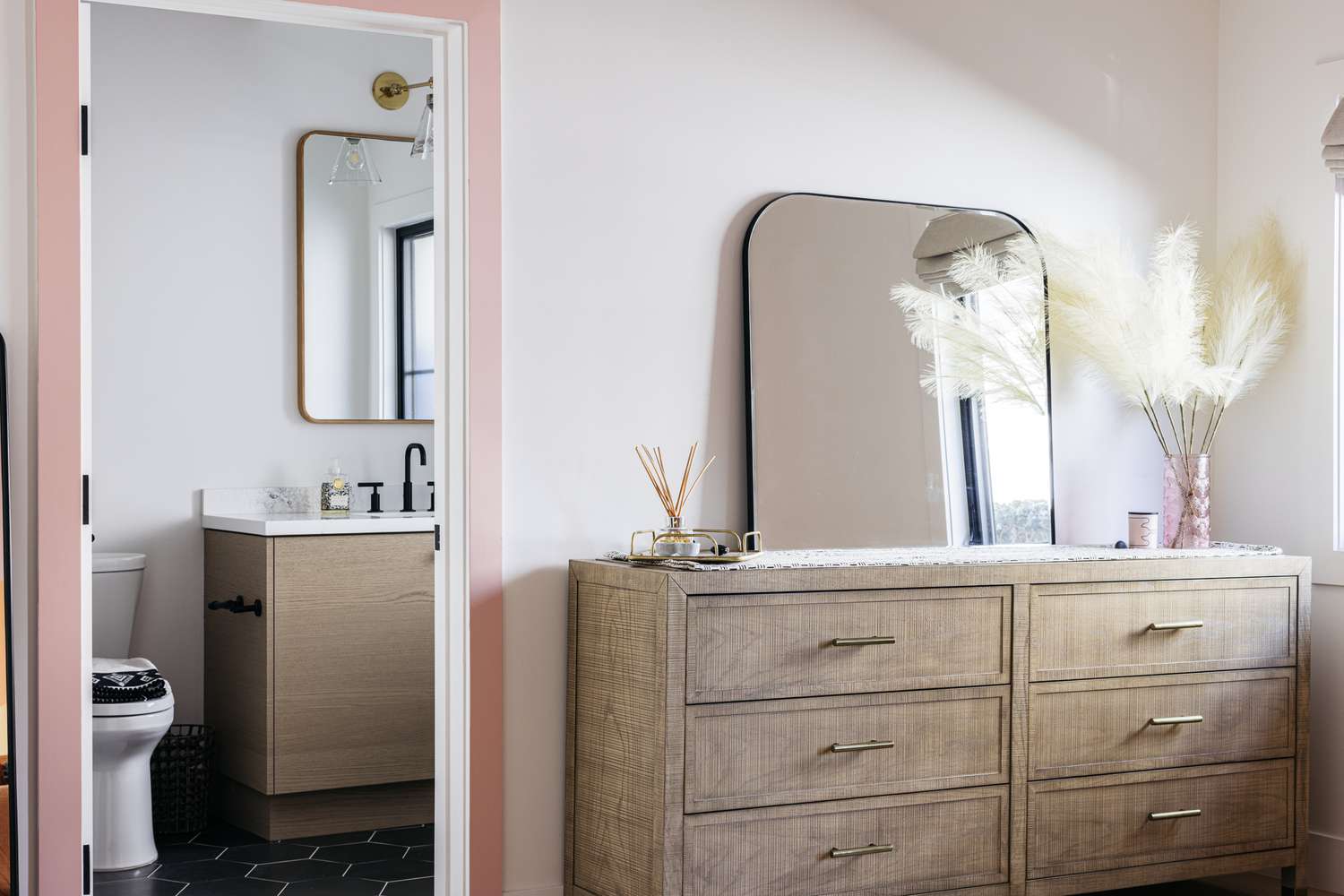
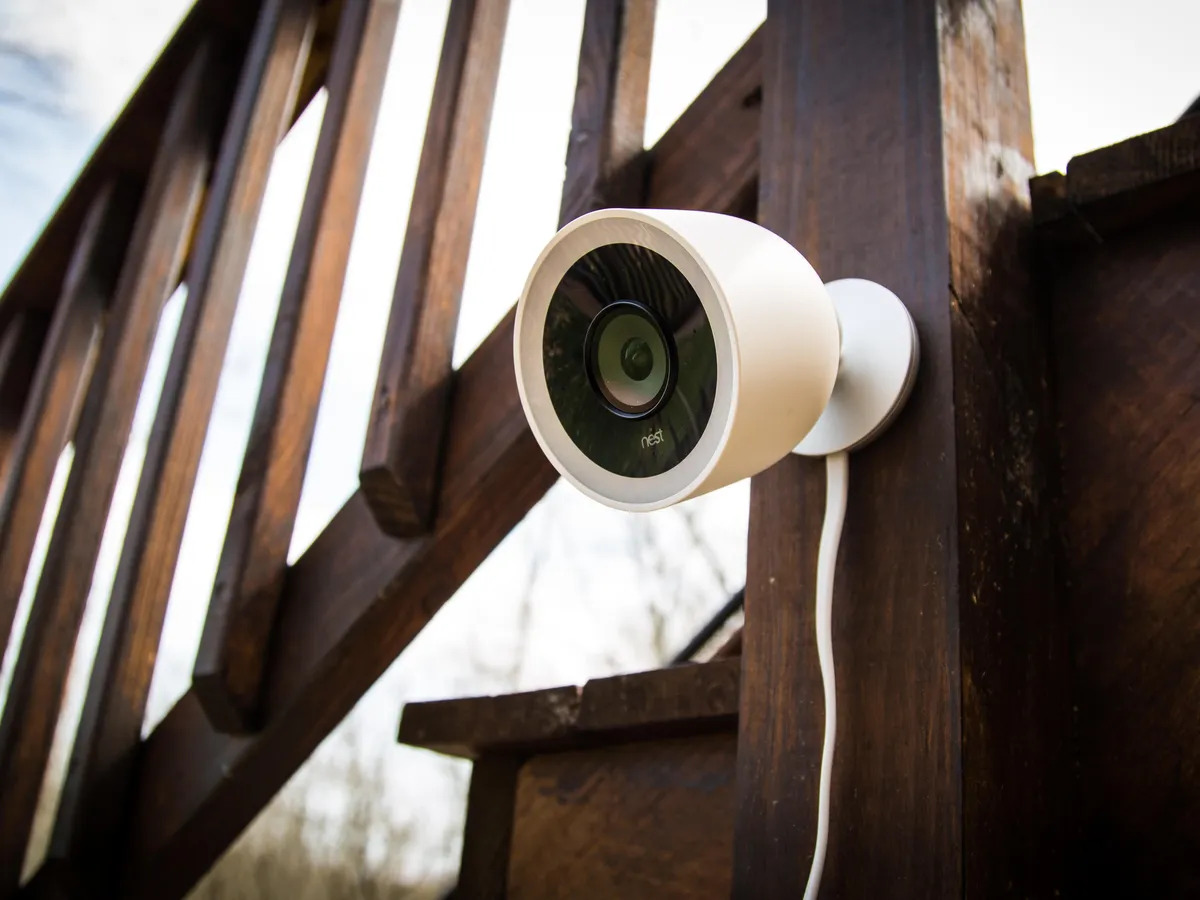

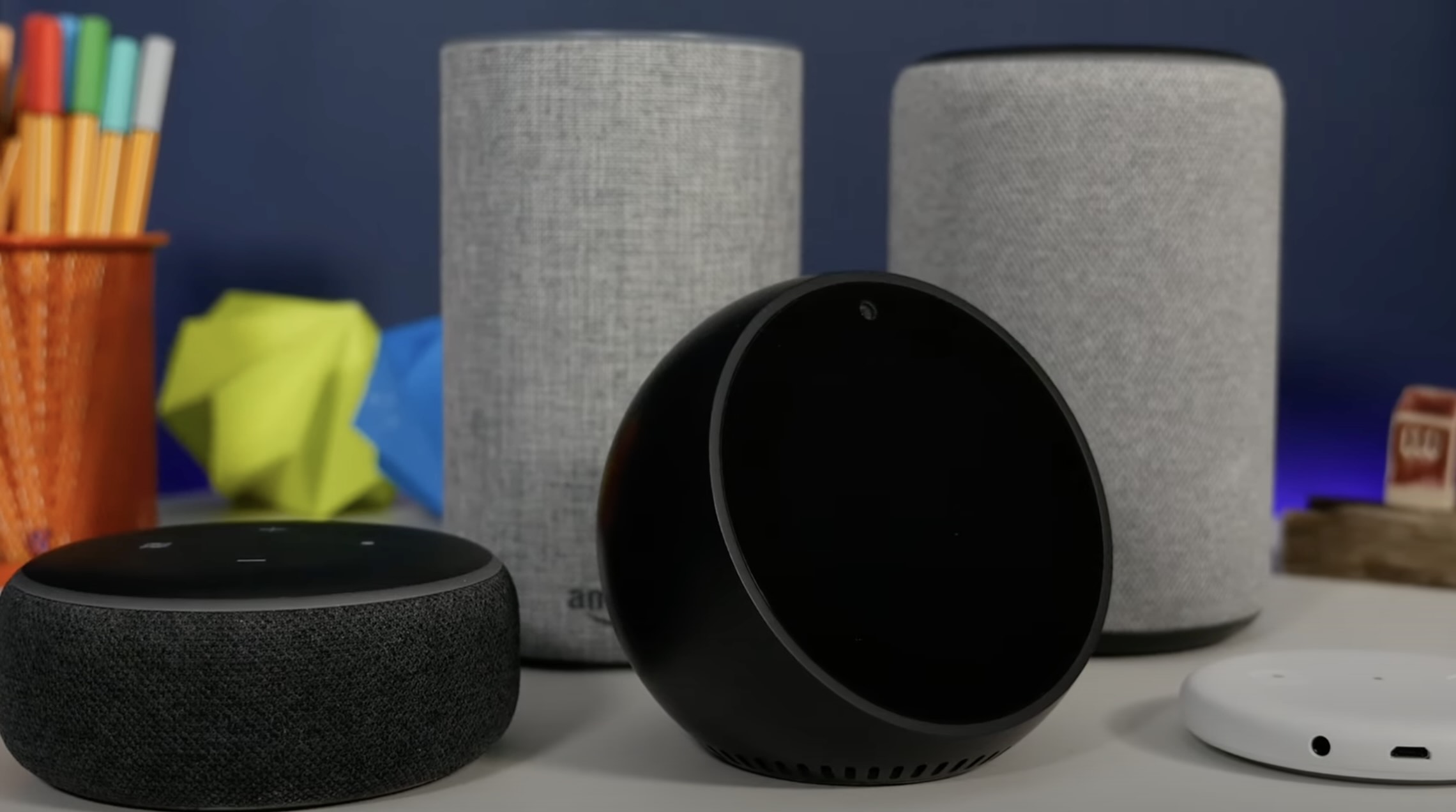

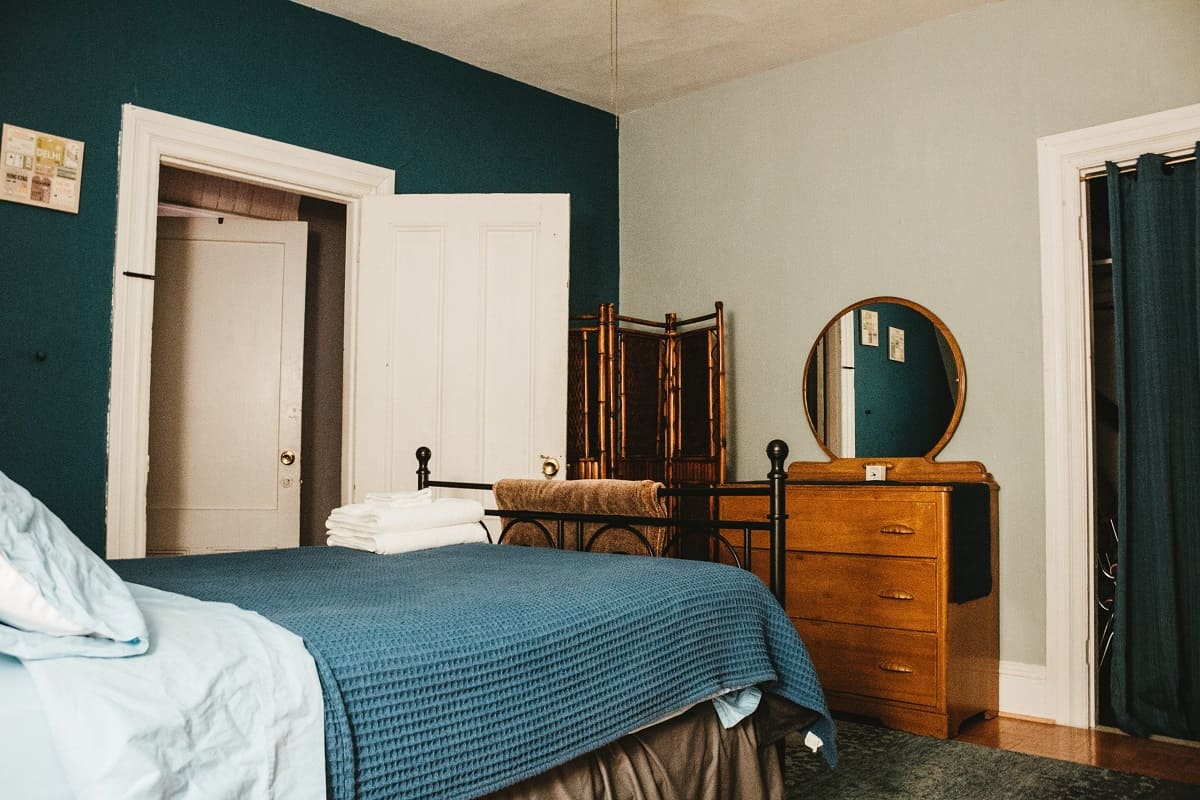
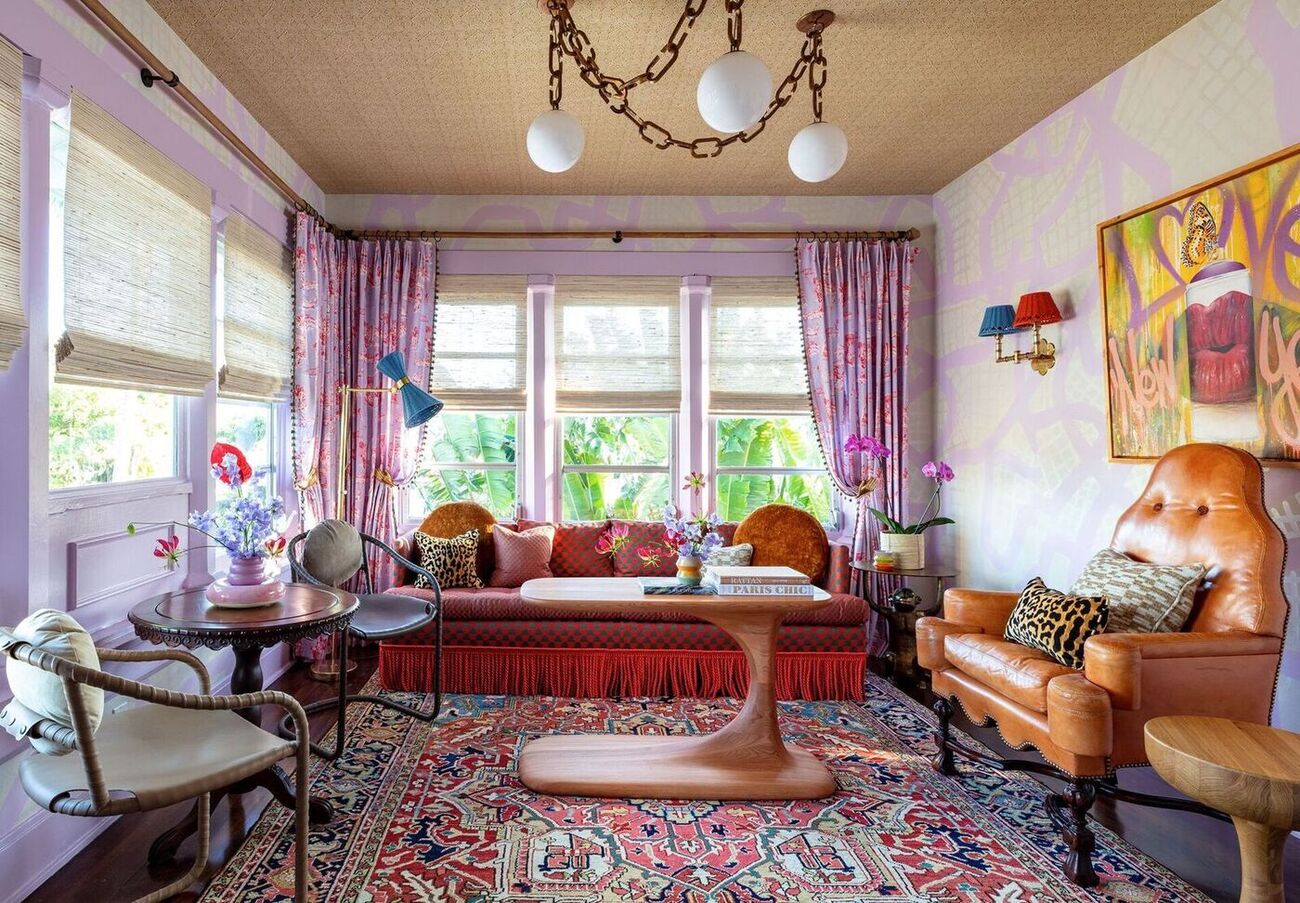
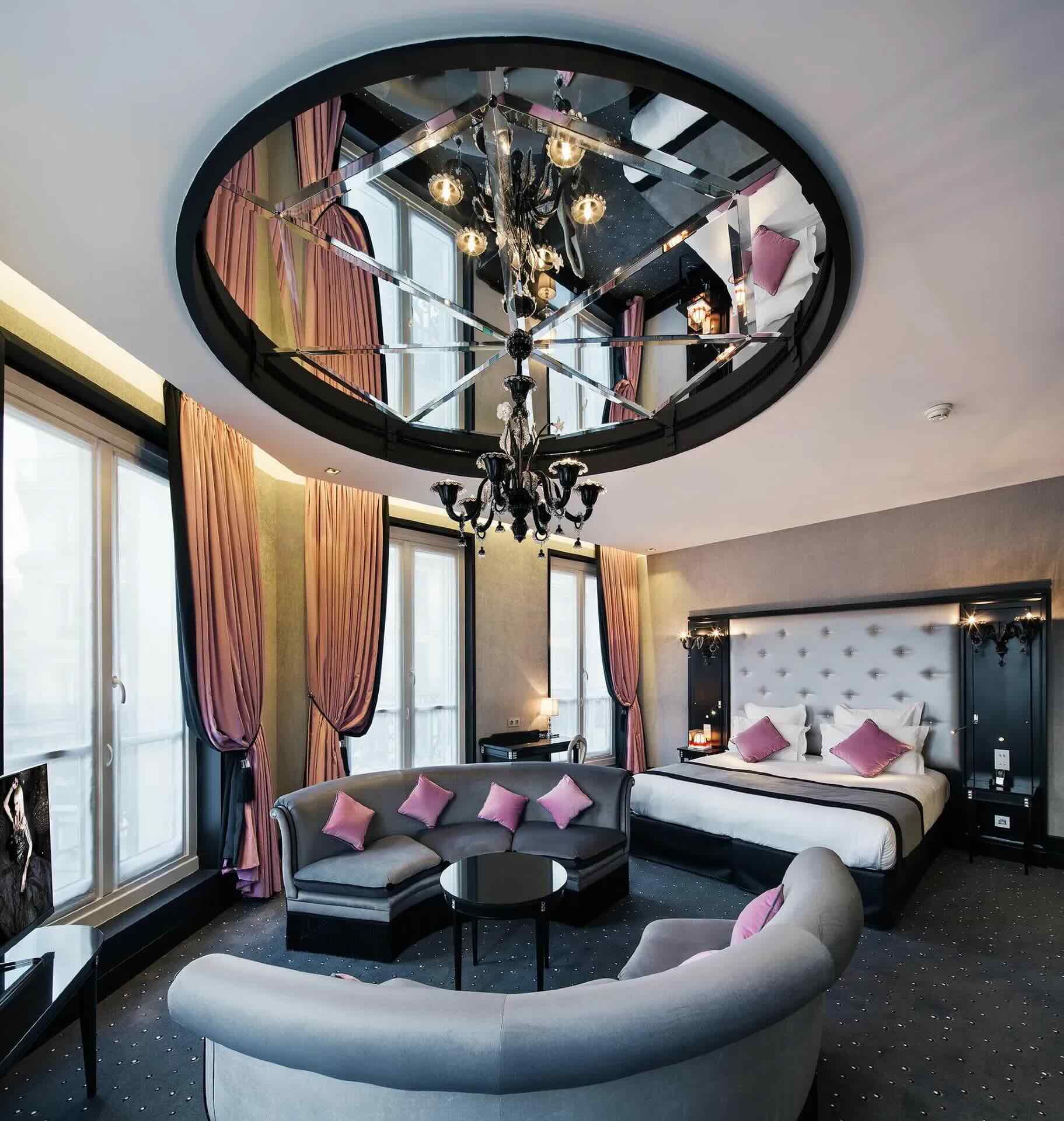
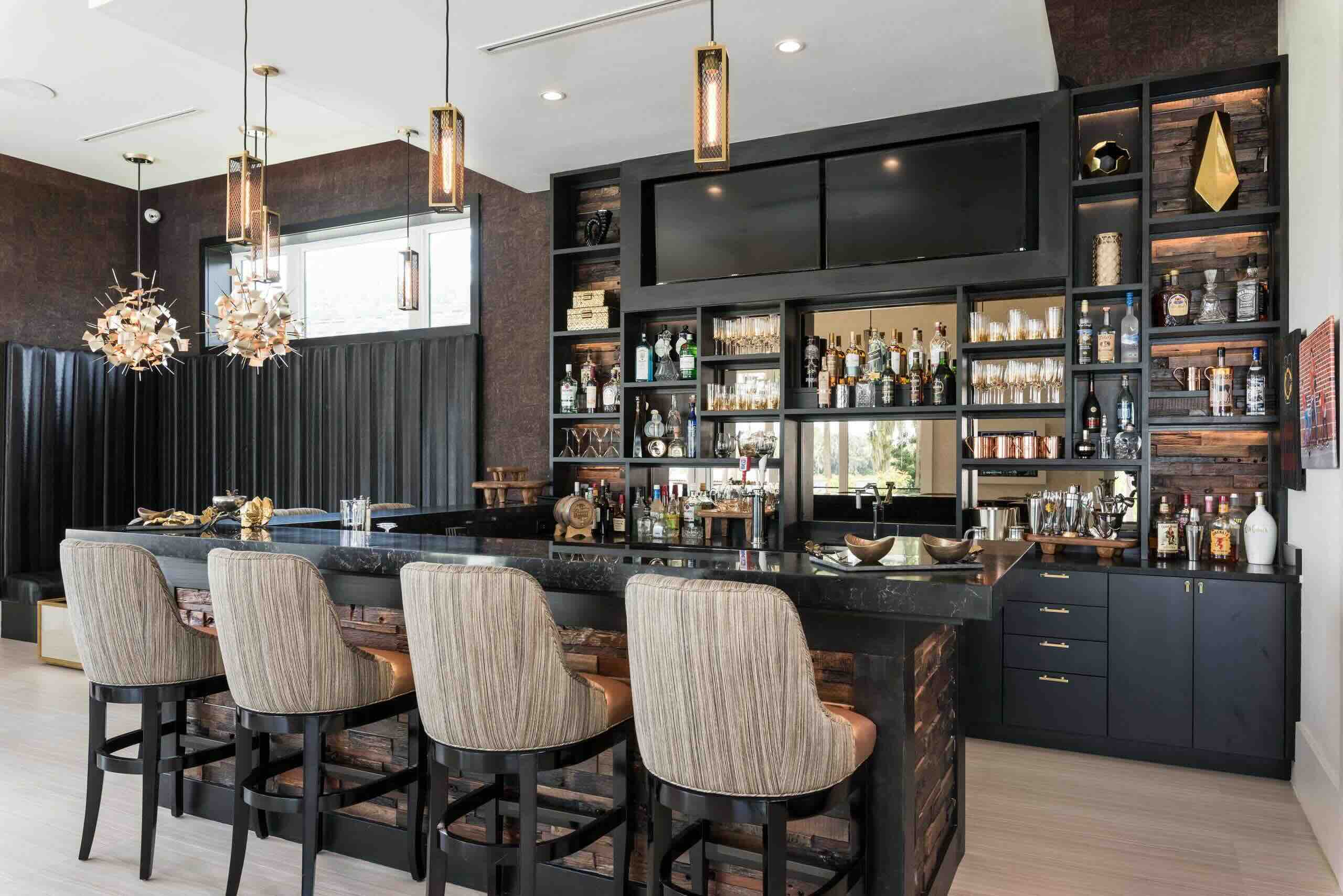


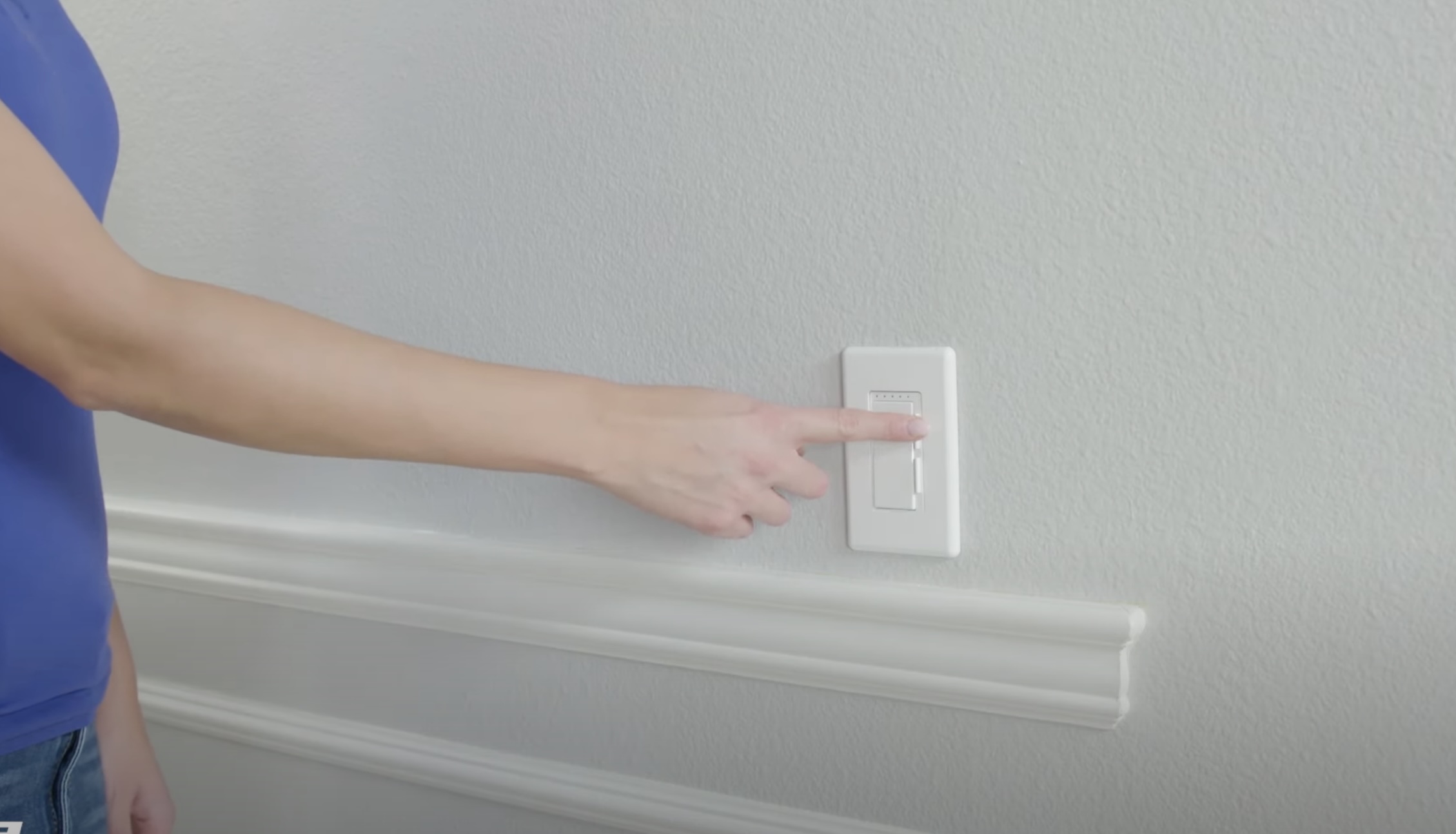

0 thoughts on “How Many Mirrors Can You Have In A Room”